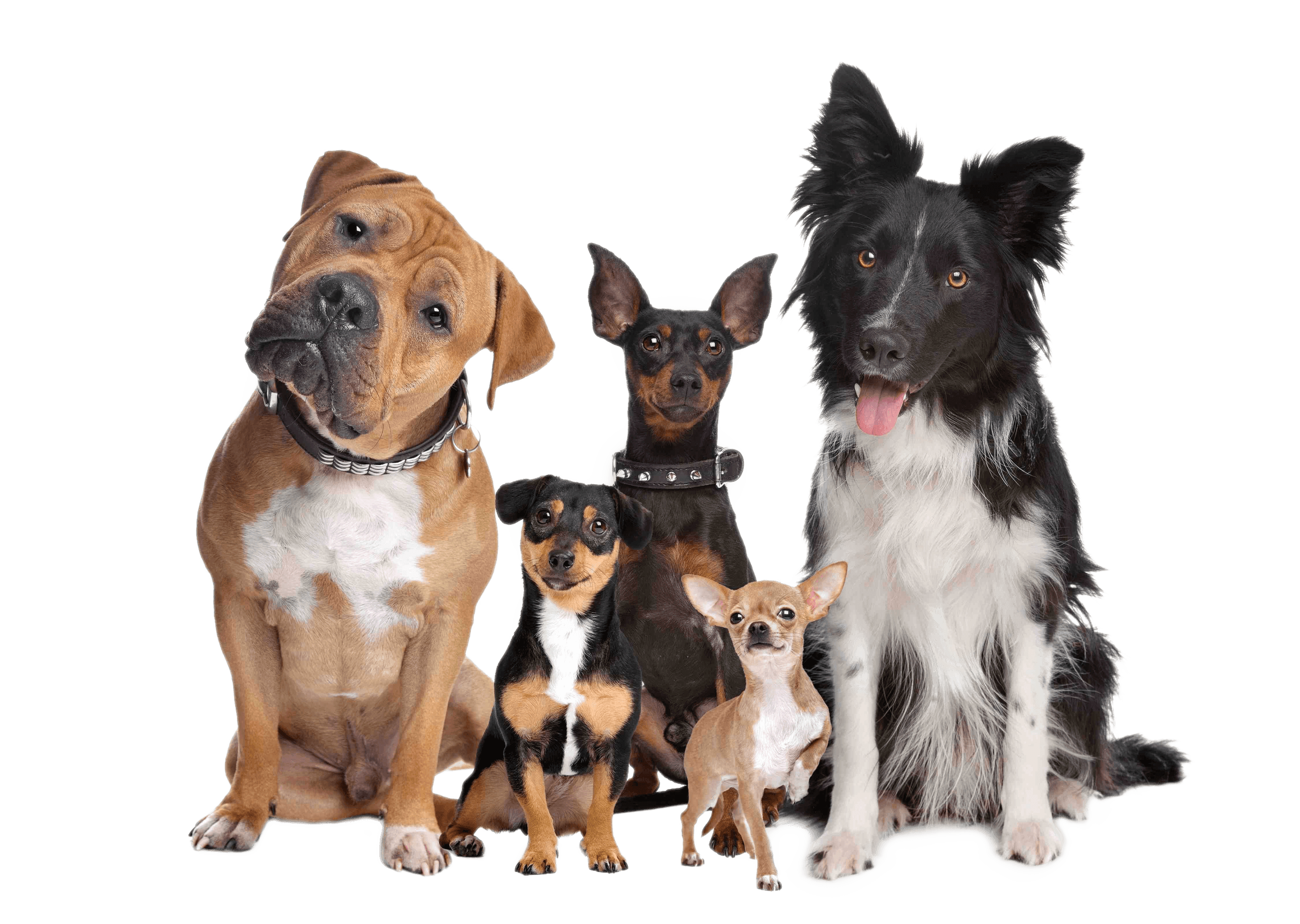The Complete Beginner’s Guide to Dog-Proofing Your Yard

As a dog owner, your yard should be a safe and enjoyable space for your furry friend to explore. However, without the right precautions, your yard can pose unexpected dangers to your dog. Whether you have a new pup or a seasoned backyard explorer, dog-proofing your yard is essential to keep them safe and happy.
In this beginner’s guide, I’ll walk you through the key steps to dog-proofing your yard, ensuring it’s both secure and fun for your pet. You’ll learn about everything from securing fences to eliminating toxic plants and creating a dog-friendly play zone.
By the end of this guide, you’ll have a safe, well-prepared yard that gives your dog the freedom to roam without worry.
Table of Contents
- Checking and Securing Your Fence
- Removing Toxic Plants
- Yard Hazards You May Not Know About
- Setting Up Shaded Areas and Water Stations
- Creating a Dog-Friendly Play Zone
- Keeping Your Dog Calm and Happy Outdoors
Step 1: Check and Secure Your Fence
The first step in dog-proofing your yard is making sure your dog can’t escape. Dogs are naturally curious, and they love to explore—sometimes right into your neighbor’s yard! Checking your fence for any potential gaps, loose boards, or areas that a dog could dig under is critical.
- Check for gaps: Walk along your fence line and look for areas where your dog could squeeze through. Gaps of even a few inches might be enough for a small dog to wiggle out.
- Secure loose boards: Over time, fences can weaken, leaving boards loose or broken. Be sure to nail or replace any boards that could be pushed open.
- Dig-proof the fence: Some dogs love to dig! If your dog is a digger, consider placing rocks or burying chicken wire at the base of the fence to prevent escape.
Pro Tip:
Consider adding a double gate system if you have a larger yard. This adds an extra layer of security if your dog manages to slip out of the first gate.

Step 2: Remove Toxic Plants
Did you know that many common garden plants can be toxic to dogs? Plants such as azaleas, lilies, and certain mushrooms can make your dog seriously ill if ingested. When dog-proofing your yard, it’s essential to identify and remove or relocate any harmful plants.
Here are a few common plants that are toxic to dogs:
- Azaleas
- Lilies
- Daffodils
- Foxglove
- Hydrangeas
If removing them isn’t possible, consider fencing off garden beds or placing plants in elevated pots that are out of reach. You can also replace them with dog-friendly plants like sunflowers, lavender, or marigolds.
Step 3: Identify Hidden Yard Hazards
Your yard might have hazards you hadn’t even considered. From sharp garden tools left lying around to exposed wires, these items can be harmful to a curious dog.
Common hazards to look out for:
- Garden tools: Rakes, hoes, or shears left out can lead to injuries.
- Exposed wires: If you have outdoor lighting or an electric fence, make sure all wires are secured and hidden.
- Standing water: Puddles or low-lying areas that collect water can breed mosquitoes or contain harmful bacteria.
- Chemicals: Ensure any pesticides, fertilizers, or lawn care chemicals are stored in a safe, inaccessible place.
By identifying these hazards, you can take action to create a safe space for your dog to play.
Step 4: Set Up Shaded Areas and Water Stations
Just like us, dogs can overheat when outside in the sun for too long. Ensuring your yard has shaded areas and plenty of fresh water will keep your dog cool and hydrated, especially during the warmer months.
Shaded areas can include:
- Trees: Natural shade from trees is a great option, but not always practical in every yard.
- Awnings or umbrellas: These can be easy ways to add shade where there is none.
- Dog houses or covered patios: Creating a dedicated cool-off spot for your dog can be both functional and stylish.
Don’t forget to have a water station in place. You can set up a dog-friendly water fountain or simply place a sturdy water bowl in a shaded area, making sure it’s always filled with fresh water.
Bonus Tip:
Add a kiddie pool for extra fun and cooling during hot summer days. Your dog will love splashing around and cooling off!

Step 5: Create a Dog-Friendly Play Zone
Now that your yard is secure, it’s time to make it fun for your dog! Creating a dedicated play zone can keep your dog entertained while reducing the chances they’ll get bored and start digging up your flower beds.
Here are a few ideas for creating a dog-friendly play zone:
- Install a sandbox: If your dog loves to dig, a sandbox can be a perfect, designated place for them to get their paws dirty.
- Set up agility equipment: Agility equipment like tunnels or jumps can provide physical exercise and mental stimulation for energetic dogs.
- Use durable toys: Leave some of your dog’s favorite toys in the yard, but make sure they’re durable enough to withstand outdoor conditions.
You can also rotate toys in and out to keep things fresh and exciting for your dog.
Step 6: Keeping Your Dog Calm and Happy Outdoors
Some dogs may get anxious when left outside alone for extended periods. To prevent any stress or anxiety, here are a few tips:
- Interactive toys: Use puzzle toys that dispense treats to keep your dog mentally engaged.
- Keep them company: Spend time outside with your dog! Regular playtime with you is one of the best ways to keep them happy and calm.
- Snap some pictures: Don’t forget to capture your dog’s outdoor fun! You’ll have a keepsake of their happiest moments exploring their yard.
Ensuring your dog feels calm and secure outside will help them fully enjoy their outdoor space.
KEY TAKEAWAYS
Dog-proofing your yard doesn’t have to be difficult, but it is essential for your dog’s safety and happiness. By following these steps, you can create a secure, fun environment where your dog can enjoy the great outdoors without any risks. From securing your fence to removing toxic plants and setting up a play zone, each step helps ensure your dog has the best possible space to explore.



